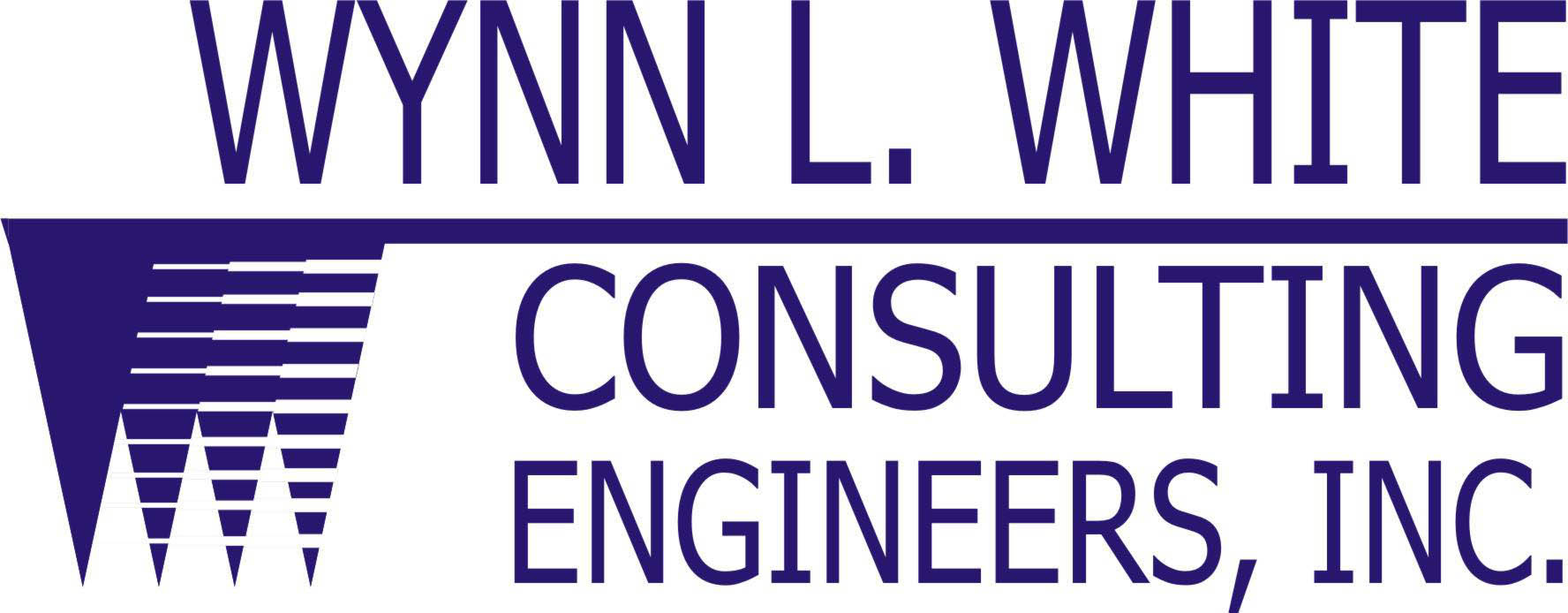The importance of building green or implementing green initiatives in existing buildings is on everyone’s mind. The top three outcomes building owners want to achieve by going green are:

Going green saves money, but it can adversely affect your indoor air quality.
-
1) Lowering operating costs (energy savings).
-
2) Having a healthier indoor environment (indoor air quality).
-
3) Helping the environment.
I’ve written about energy savings, but how does indoor air quality (IAQ) tie into the equation?
Energy savings and its effect on IAQ
-
A lot of focus is put into making a building super “tight” for energy saving purposes. This means wraps, sealants, foams, insulation, etc. are used to reduce air infiltration. These features are excellent for energy savings, but reducing infiltration ventilation in a building can cause indoor mold growth (a large contributor to poor IAQ) and a buildup of indoor air pollutants.
-
The importance of indoor air quality
Good indoor air quality is important for many reasons. We spend so much of our time indoors, and poor IAQ can impact our health, comfort, and productivity. It’s been well-documented that businesses with IAQ issues have experienced decreased employee productivity, increased employee sick days and increased costs of employee medical care.
-
Energy Savings vs. Indoor Air Quality
So you’re probably wondering what all of this means and if you’re going to have to make a trade off between saving energy or improving IAQ. The answer is no–you don’t have to choose one or the other. You can have both by balancing reduced air infiltration and proper ventilation. It’s all part of building science. When you control the outdoor air entering your building rather than letting it enter through cracks, unsealed joints, or leaks, your building can achieve both better IAQ and energy efficiency.
If planning new construction, make sure you and your contractor, architect, engineer, or consultant design an appropriate and effective mechanical ventilation system. If tightening an existing building, make sure any necessary updates are made to your ventilation system. In both cases, it’s important to keep your system maintained. Doing so can save you a lot of time, money, energy and headaches in the long run.
